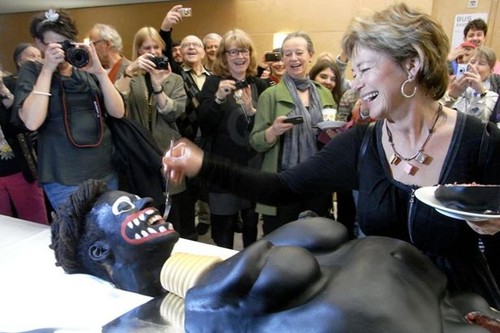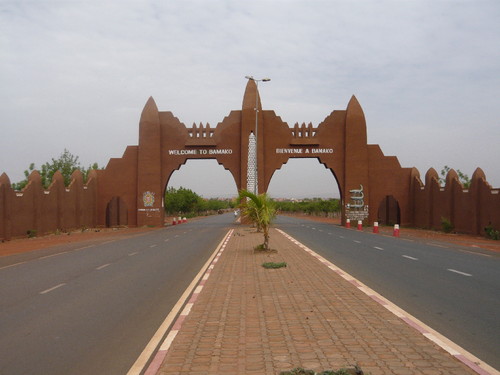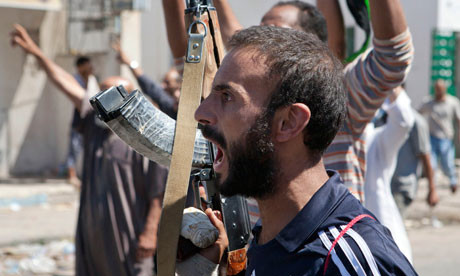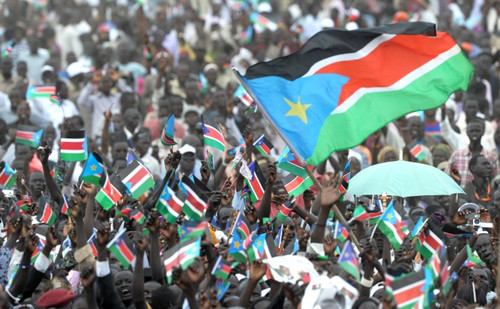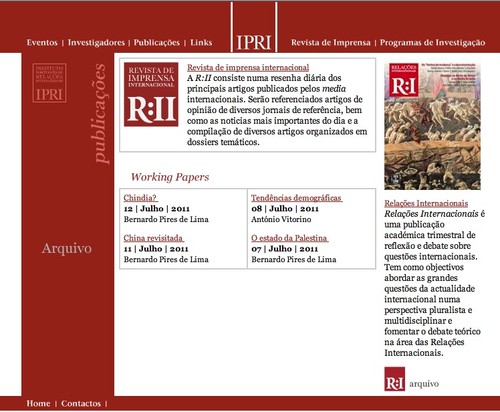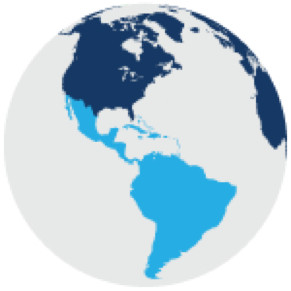Mais um texto incontornável do Professor Elísio Macamo
Published7 Jan 2013

Parte da entrevista ao Professor Elísio Macamo por altura da sua participação no Observatório de África, América Latina e Caraíbas, no âmbito do Programa Gulbenkian Próximo Futuro.
A África de muitas latitudes tem também várias camadas. Como o mundo inteiro. Ou um país apenas: Moçambique. África pode ser ilusão. Pelo menos como a conhecemos, ou seja, sob a forma de narrativas muito simples que escondem os efeitos acumulados de uma história complexa. As palavras são do académico moçambicano do Centro de Estudos Africanos da Universidade de Basileia na Suíça Elísio Macamo que agarra esta imagem para explicar A Ilusão da África conhecida – título da sua apresentação em Lisboa na conferência O tratamento dado à informação sobre África pelos media inserida no programa Próximo Futuro da Fundação Calouste Gulbenkian no fim de Novembro.
Elísio Macamo falou mais tarde ao PÚBLICO desse fio de narrativas com o qual criamos “a ilusão que entendemos Moçambique”; da oposição política da Renamo que, nos 20 anos dos Acordos de Paz assinados a 4 de Outubro de 1992 em Roma, ameaça voltar à guerra; e de uma Frelimo dominante, produto de uma ideia fantástica porque sobre ela se projectam medos e esperanças. Uma Frelimo com um rosto: Guebuza que deixa a presidência do partido e do país em 2014. O sucessor (daquele que sucedeu a Joaquim Chissano) será uma escolha dentro da Frelimo. “Não da maioria, de uma minoria influente.”
(...)
Para ler mais basta ir aqui.
E para saber mais sobre o Observatório de África, América Latina e Caraíbas no qual o Professor Elísio Macamo participou, basta ir aqui.

